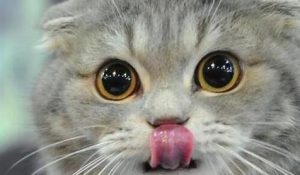Dental diseases are common in cats and can occur at any time. Here’s what to do if your cat is affected:
Identify the Type of Dental Disease
Common feline dental issues include stomatitis and periodontal disease. Stomatitis, an inflammation of the oral mucosa, can result from injuries like fish bones, burns, chemical corrosion, poisoning, or nutritional deficiencies. Periodontal disease, often caused by plaque and tartar buildup, starts with inflamed gums and can progress to tooth loss if untreated.
Recognize the Symptoms
Cats with dental problems may exhibit reduced appetite, head shaking, and meowing while eating due to pain. More severe cases can lead to drooling, bad breath, difficulty chewing, lethargy, and foul oral discharges. Check for tartar, ulcers, or injuries in your cat’s mouth.
Take Prompt Action
For severe conditions, seek veterinary care immediately to prevent complications. Regular dental care, including brushing with cat-safe toothpaste and toothbrushes, can help maintain oral health. Use pet-friendly mouthwashes for additional protection.
Preventive Measures
Prevent dental issues by providing dental chews or toys and a diet that slows plaque buildup. Regular vet check-ups are crucial for early problem detection.
Neglecting dental health can lead to pain, tooth loss, and other health issues. Good oral hygiene and timely vet visits ensure your cat’s well – being and quality of life.

